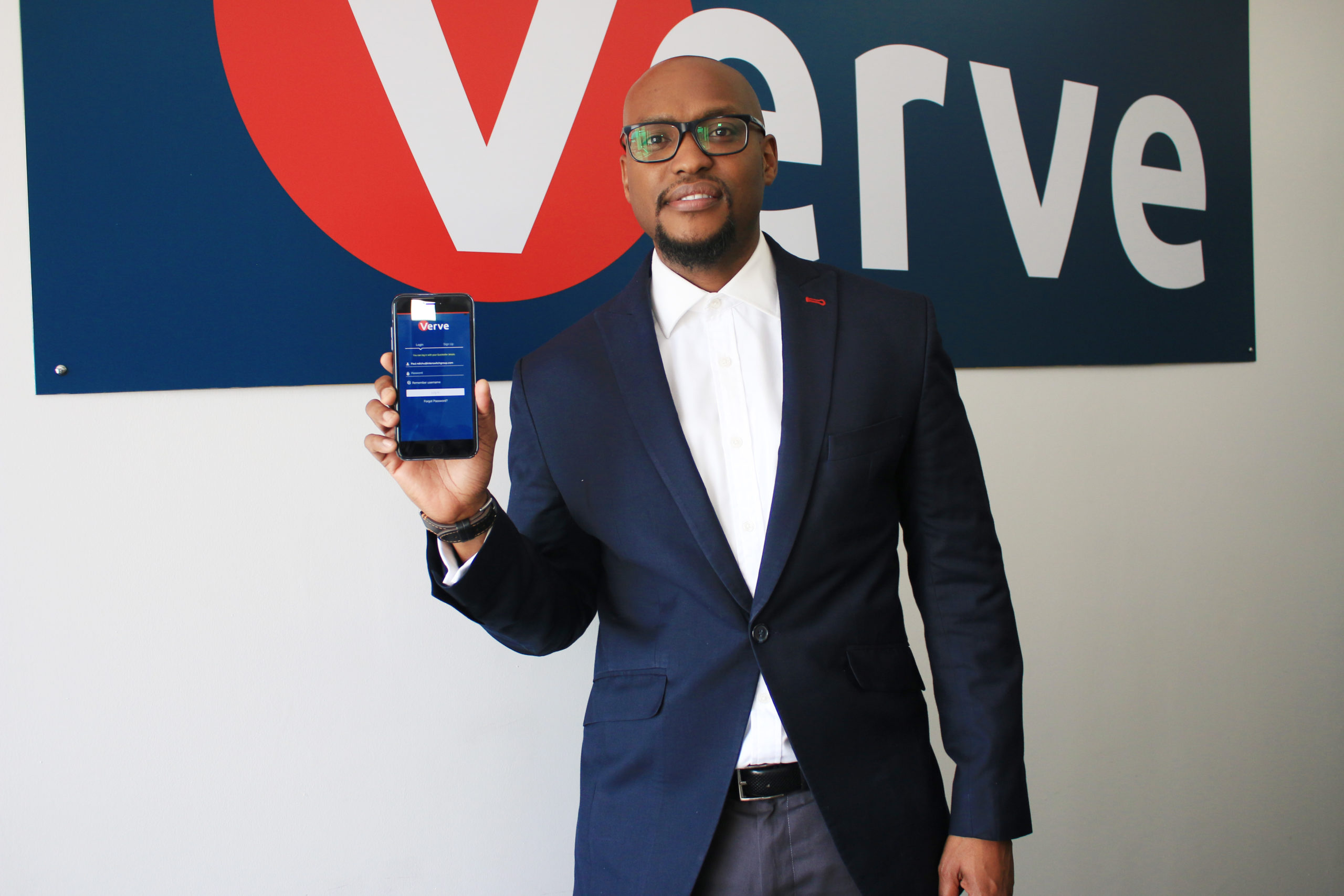Renting a property brings its own set of unique challenges. There are hidden health risks that can jeopardize the well-being of tenants. These invisible hazards may range from mold infestations lurking behind walls to old-fashioned electrical systems and poor indoor air quality.
Many tenants are ignorant of these potential hazards or are unaware of how to recognize and address them. Landlords have a duty to ensure safe living conditions. However, renters should also be cautious about these risks. This article will explore the most prevalent hidden health hazards in rental properties and how tenants can protect themselves.
In this article
Mold and Moisture Issues
Mold is a common health hazard in American homes. According to a survey published by NIH, 24% of the homes studied had mold problems. Although there isn’t sufficient data regarding commercial and public buildings, the problem is likely serious in this segment too. These numbers are a concern for renters, both residential and commercial.
Mold thrives in moist atmospheres and can pose serious threats to the health of tenants. It mostly thrives in damp and high-humidity spaces, like kitchens, bathrooms, and basements. Exposure to mold spores can cause respiratory distress, allergic reactions, and other health problems, especially in individuals who have co-existing conditions.
Tenants should be vigilant and look for warning signs of water damage, such as darkened walls or ceilings, unpleasant odors, or visible mold growth. Proper ventilation and timely repair of leaks are essential in preventing mold growth. Tenants should promptly notify their landlord if mold is discovered, as addressing the underlying moisture issue is essential for proper resolution.
Lead Paint and Asbestos
Lead-based paint and asbestos are common in older rental properties and can have detrimental health consequences. Lead paint is typically found in properties constructed before 1978, as noted by the Environmental Protection Agency. When consumed or inhaled as dust, it can cause developmental disabilities in children and neurological problems in adults.
Asbestos was often used in concrete and insulation before the 1980s. When asbestos fibers dissolve in the air, they can cause significant respiratory problems. TorHoerman Law states that prolonged exposure to asbestos can also cause a life-threatening form of cancer called mesothelioma.
Tenants must be aware of the age of their property and any planned renovations that might cause asbestos exposure. Furthermore, it is mandatory for landlords to disclose the hazards associated with lead paint and reveal information about the potential dangers of asbestos. If they fail to do so, tenants can file asbestos lawsuits for the suffering caused due to asbestos exposure.
Pest Infestations
Pest infestations can greatly impact tenants’ health and overall quality of life. Common pests like cockroaches, rats, and bed bugs can trigger communicable diseases, allergies, and respiratory disorders.
Cockroaches, in particular, are known to aggravate asthma symptoms, especially in kids. According to a report by American College of Allergy Asthma and Immunology, saliva, the waste product, and shedding parts of cockroaches’ bodies are the major reasons. These allergens work like dust mites, and trigger symptoms when they are present in the indoor air.
Rodents can infect food and surfaces with their discharge, potentially transmitting diseases like salmonella and hantavirus. Moreover, bed bugs can cause severe skin irritation and psychological problems. Tenants should look for signs of infestations, such as droppings, or any unexplained bites.
Poor Indoor Air Quality
The Environmental Protection Agency states that Americans stay indoors 90% of the time. Unfortunately, some harmful pollutants have 2 to 5 times higher indoor concentration compared to outdoor concentration. For renters, air quality is a reason to worry.
Indoor air quality in rental properties can be impaired by various factors. These may include improper ventilation and chemical off-gassing from furnishings and building materials. Another dire concern is the existence of volatile organic compounds (VOCs).
Compromised air quality can lead to a variety of health problems. These may range from minor issues like headaches and fatigue to more serious respiratory problems like asthma.
Tenants must be informed about the potential sources of indoor air pollution, such as carpets, gas stoves, and certain products used for cleaning. They should also ensure proper ventilation, use air purifiers, and choose low-VOC or zero-VOC paints that can help improve air quality.
Structural and Electrical Hazards
Tenants can be at risk due to unseen structural and electrical risks in rental properties. Structural issues include uneven flooring, weak support beams, or impaired foundations. These may not be apparent immediately but can lead to major accidents or even building collapse. Electrical risks include outdated wiring, circuit overload, or improperly installed electrical systems. These can cause electrocution or fire.
Tenants need to be alert to signs of structural problems like wall cracks, unstable floors, or doors that do not close properly. They need to be cautious about flickering lights, constantly tripping circuit breakers, or outlets that feel hot to the touch. Any suspected structural or electrical damage should be promptly informed to the landlord for professional check and repair.
Frequently Asked Questions (FAQs)
What should I do if I observe traces of lead paint in my rental?
If your property was constructed before 1978, inquire with your landlord about any known lead paint accidents. Refrain from disturbing painted surfaces by sanding or scraping. If you notice chipping or peeling paint, contact your landlord immediately. You can also ask for a lead paint check or risk assessment from a certified professional.
How can I keep my rental property free from any pest infestations?
You must keep your living area tidy by throwing out trash on a regular basis. You should also put food in airtight containers, and clear up crumbs or spills right away. Seal any cracks or holes in the walls, pipes, and floors. Talk to your landlord if you notice any pest activity to avail a professional pest control service.
What are my rights as a tenant when it comes to health risks associated with my rental property?
The majority of the jurisdictions have laws that require landlords to maintain safe and habitable living spaces. This typically involves resolving health hazards like pest infestations, mold, and structural issues. There might be cases when you have reported a health hazard to your landlord and they fail to address it. You may have the right to withhold rent, make repairs yourself and deduct the cost from rent, or even end your lease early.
Ultimately, being informed of hidden health hazards in rental properties is essential for tenants to protect their well-being. Tenants must take proactive steps to recognize and address potential problems. Regular assessments, clear communication with landlords, and prompt reporting of concerns are key to ensuring a safe living environment.
Remember that landlords have a legal obligation to provide habitable living conditions. Staying informed, careful, and assertive can help renters to live in healthy and safer living spaces for themselves and their families.




